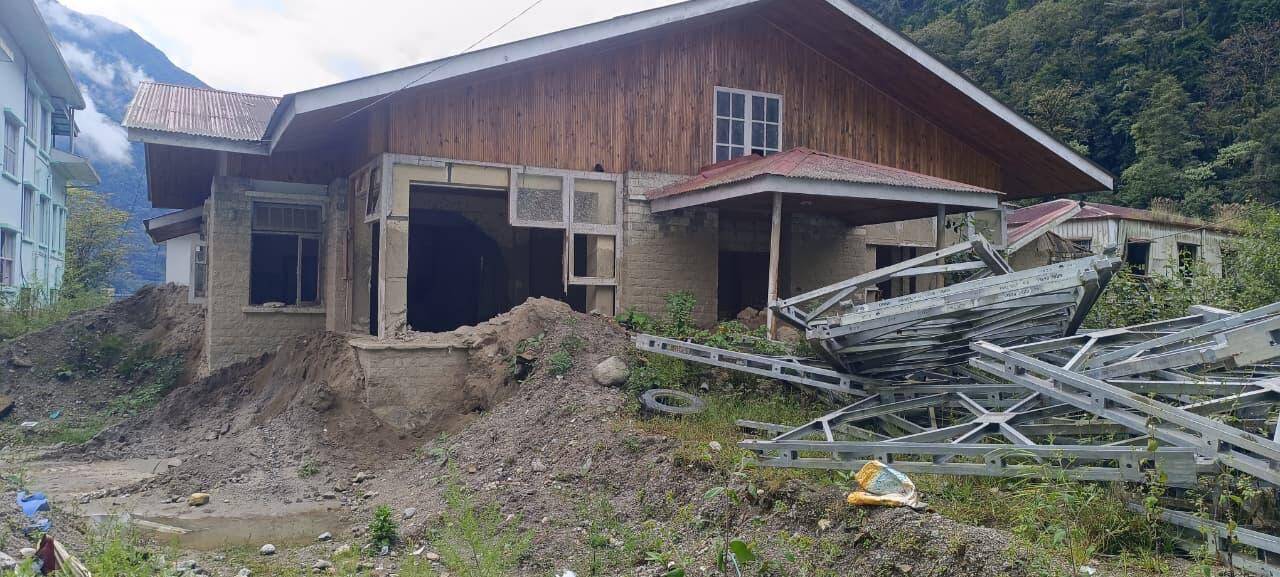Policy, ESG Alignment, and a safer path to growth

Let’s start with a quick question:
When you picture India’s maritime future, what comes to mind; ships and ports, or thriving coastal communities powered by clean energy and inclusive growth?
If it’s the latter, you’re already thinking “blue.” The blue economy is not just about the ocean; it’s about how we use its resources wisely; for jobs, innovation, and sustainability.
Imagine standing on the Konkan coast at sunset. The wind, the waves and the economy are all moving fast. But here’s why the “blue” in blue economy matters more than ever:
- Economic Geography: India’s trade dreams depend on ports and coastal infrastructure built for resilience.
- Climate Risk: Coastal erosion and sea-level rise are now boardroom concerns, not academic papers.
- Equity: Millions of coastal households depend on the sea. Growth must lift them, not leave them behind.
Structure of Bharat’s Blue Policy
Bharat’s Blue Economy Policy, guided by the Ministry of Earth Sciences, is much more than a plan it’s a national framework. Picture it as an ocean chart with seven major routes:
- Ocean Accounting: Measuring blue GDP alongside blue ecology.
- Marine Spatial Planning: Data-backed zoning that avoids conflict between industry and conservation.
- Fisheries & Aquaculture: Shifting focus from quantity to quality.
- Marine Manufacturing: Engineering, biotech, and innovation-driven growth.
- Shipping & Ports: Digitized, decarbonized, and efficient logistics.
- Offshore Energy: Exploring clean power while enforcing environmental safeguards.
- Security & Cooperation: Protecting our Exclusive Economic Zone (EEZ) and shaping global ocean frameworks.
This modular structure means every stakeholder, from ministries to local entrepreneurs knows where to plug in.
Turning Policy Into Practice
Let’s talk ESG; the buzzword that’s now the operating system of modern business.
Why does it matter for maritime India? Because ESG-aligned companies attract better financing and global partnerships.
Here’s how it plays out in practice:
- Comparable Data lets investors benchmark port efficiency and emissions.
- Third-party Assurance filters out greenwashing.
- Market Access expands as foreign buyers prefer transparent partners.
Want to test this in your organization? Try mapping one blue project (say, a fishing port upgrade) against your BRSR Core indicators; it’s a powerful alignment exercise.
You can probably guess that SDG 14 (Life Below Water) anchors the blue economy, but look closer; it touches at least five other goals:
- SDG 8: Jobs and livelihoods for coastal workers.
- SDG 9: Marine infrastructure and innovation.
- SDG 12: Responsible production and circularity.
- SDG 13: Climate resilience, from green ports to renewable energy.
- SDG 2: Sustainable food security via aquaculture.
The Forgotten “S” in ESG is Safety, this rarely trends on social media, but it’s the true foundation of sustainability. Without it, everything else collapses.
- For workers: Safety means fewer accidents in fishing and port operations.
- For assets: It means risk-proofing ports against storms and corrosion.
- For ecosystems: It means zero oil spills and clean coastal water.
In short, treat safety not as compliance, but as culture. Every successful port, shipyard, and fishery knows this truth.
The Science Behind Decarbonization
Here’s where things get numeric. The Science Based Targets initiative (SBTi) helps maritime companies turn climate ambition into measurable steps.
If you’re a port operator or shipping firm, focus on:
- Scope 1 & 2: Fuel and electricity directly consumed.
- Scope 3: Everything from fuel production to logistics partners.
- Intensity metrics: Energy-per-ton.
By aligning with SBTi, your next capex project could double as your climate credential. Shore power? Hybrid cranes? Those aren’t trends—they’re tickets to cost-effective compliance.
Good measurement tells a story that investors and communities understand.
- Environmental Indicators: Fuel mix, emissions, waste control, shoreline protection.
- Social Indicators: Lost-time injuries, seafarer welfare, fair livelihoods.
- Governance Indicators: Climate oversight, grievance redress, ESG-linked compensation.
When ports and marine businesses report these consistently, they earn trust and unlock capital. It’s the ultimate win-win.
Want to visualize the future? Think smart sensors, living shorelines, and recyclable nets. Here’s where the excitement kicks in:
- Digital tools: Predictive maintenance, AI-driven port traffic systems.
- Clean energy: On-site solar, shore power, energy storage.
- Nature-based solutions: Mangrove buffers and coral restoration reducing flood risk.
- Circular materials: Turning port waste and used gear into valuable products.
Each of these innovation lanes ties back to ESG impact and guess what? Each one can be financed through green or blended finance.
Disclaimer
Views expressed above are the author’s own.
END OF ARTICLE





